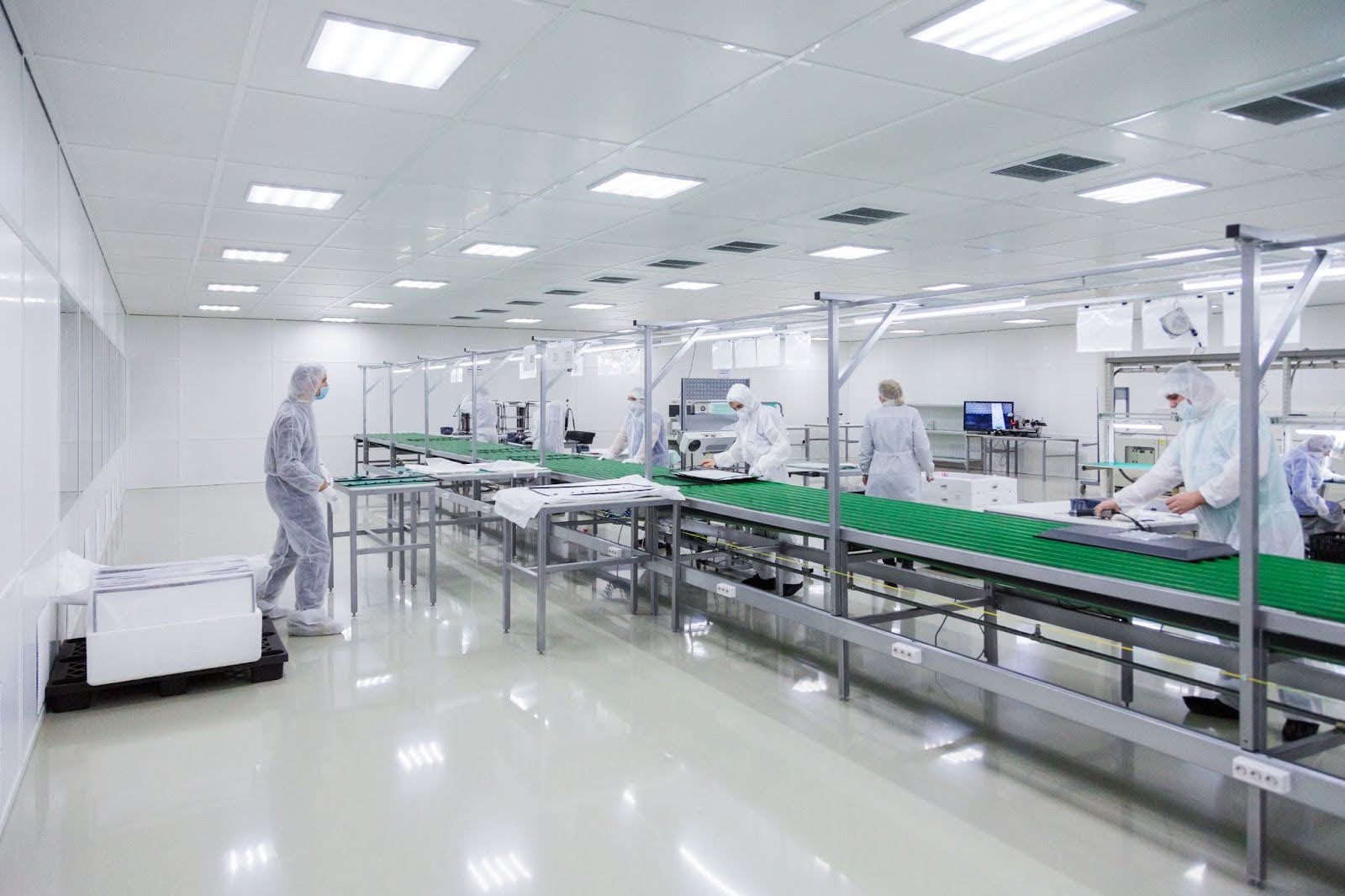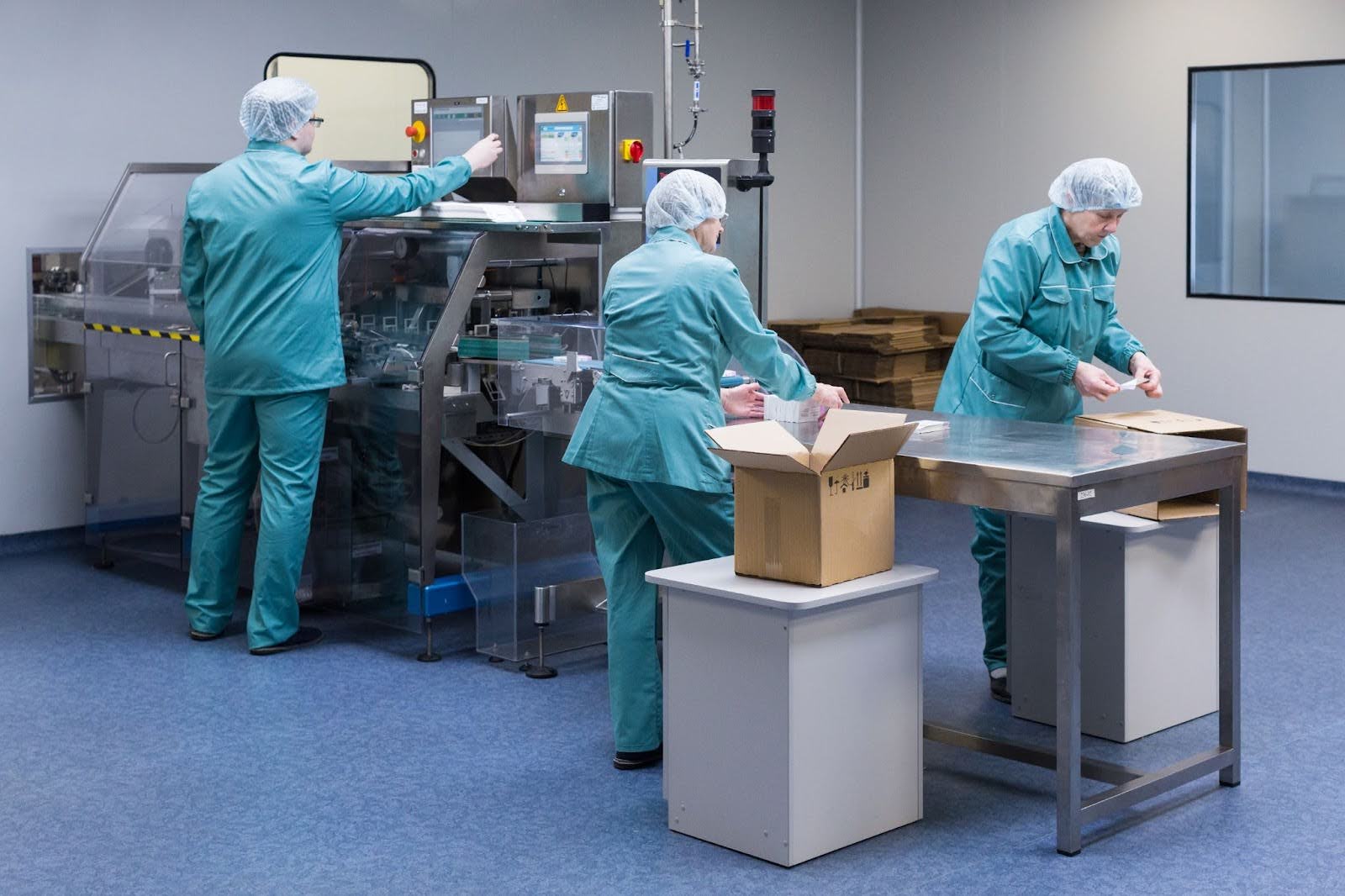by Vaibhavi M.
7 minutes
Digital Environmental Monitoring (EM): From Paper To 21 CFR Part 11/Annex 11 Compliance
Discover how Digital EM enhances compliance, data integrity, and efficiency in pharma cleanrooms.

In the pharmaceutical cleanroom industry, Environmental Monitoring (EM) has always been a critical quality assurance function, the silent sentinel that ensures every product is manufactured in a controlled, contamination-free environment. Traditionally, EM was a paper-based process, with data logged manually on forms and later transcribed for trending or investigations. However, as regulatory expectations and manufacturing complexity evolved, the limitations of paper became increasingly difficult to ignore.
The industry’s shift toward Digital EM systems, aligned with 21 CFR Part 11 and Annex 11 requirements, represents more than a technological upgrade; it’s a transformation in data integrity, compliance, and real-time control.
The Paper Problem: Human Error Meets Compliance Burden
Manual EM workflows once seemed reliable. Operators would record viable and non-viable particle counts, temperature, humidity, and differential pressures on log sheets. However, as data volumes and regulatory scrutiny grew, several weaknesses became apparent:
- Transcription errors: Handwritten data introduced inconsistencies during entry or transcription to spreadsheets.
- Delayed response: Deviations were often identified only after end-of-shift reviews, delaying corrective actions.
- Audit trail gaps: The paper lacked traceability, specifically because it was unclear who changed what, when, and why.
- Storage and retrieval challenges: Thousands of records are accumulated monthly, making trending and investigations unmanageable
- Data integrity risks: Overwrites, missing pages, and uncontrolled printouts could jeopardize compliance during inspections.
In a world governed by data-driven quality decisions, these issues were no longer acceptable. Regulators, particularly the FDA and EMA, began demanding secure, traceable, and auditable data systems, which led to the rise of Digital EM.
What is Digital EM?
A Digital Environmental Monitoring system integrates instruments, sensors, and data management software into a centralized, automated platform. Instead of operators manually recording readings, data is directly captured, stored, and trended electronically — all within a compliant, validated system.
Core functions include:
- Automated data capture from viable and non-viable particle counters, differential pressure gauges, and temperature/humidity sensors.
- Real-time alerting for excursions or system faults.
- Secure audit trails recording every user action and change.
- Integrated trending and reporting tools for deviation analysis and CAPA.
Such systems form part of a digital ecosystem, often integrated with Laboratory Information Management Systems (LIMS), Building Management Systems (BMS), or Manufacturing Execution Systems (MES), enhancing process transparency and control.
Regulatory Backbone: 21 CFR Part 11 and Annex 11
The digital transition in EM is driven largely by compliance requirements defined under 21 CFR Part 11 (FDA) and Annex 11 (EU GMP). Both establish how electronic records and signatures must be managed to ensure data integrity, authenticity, and reliability.
21 CFR Part 11 (FDA):
- Defines criteria for electronic records and signatures to be equivalent to paper records.
- Mandates secure user authentication, audit trails, and system validation.
- Requires controls over record creation, modification, and retention, ensuring no unauthorized access or data manipulation.
Annex 11 (EU GMP):
- Emphasizes the need for validated computer systems.
- Calls for data integrity controls, backup mechanisms, and change management.
- Stresses the need for periodic evaluation and training to maintain system compliance.
Digital EM solutions built for pharma cleanrooms must therefore be Part 11 and Annex 11 compliant by design, ensuring all user actions are traceable and all data remains secure, accurate, and complete throughout its lifecycle.
Core Benefits of Digital EM Systems
1. Data Integrity Assurance
Every data point captured is timestamped, source-linked, and securely stored. Audit trails prevent tampering and support full traceability, a key expectation of regulators worldwide.
2. Real-Time Visibility and Control
Deviations can trigger instant alerts, enabling proactive interventions. Dashboards provide immediate visibility into cleanroom trends, supporting faster decision-making.
3. Simplified Compliance
Digital systems automatically enforce validation, access control, and backup protocols. Audit-ready reports can be generated in minutes rather than days.
4. Trending and Predictive Insights
Automated trending allows early identification of contamination risks. Some advanced EM platforms use AI-based predictive analytics to forecast excursions before they occur.
5. Operational Efficiency
Automating EM data management can reduce manual recording and review time by up to 70%, freeing QA and production staff to focus on higher-value activities.
Transition Challenges: Beyond Just Going Digital
While the advantages are clear, migrating from paper to digital EM is not a plug-and-play process. The process requires a structured approach that encompasses validation, data migration, user training, and change control.
- System Validation (CSV): Every function from data capture to report generation, must be tested and documented to prove accuracy and reliability.
- User Management: Role-based access must align with organizational hierarchies to prevent data manipulation.
- Legacy Data Integration: Historical paper records should be appropriately archived or digitized for continuity in trending.
- Cultural Adoption: Operators accustomed to paper require training to confidently adopt digital workflows.
A poorly managed transition can create new compliance risks even as it attempts to eliminate old ones.
Best Practices for Implementation
- Define clear URS (User Requirement Specifications) to select the right EM platform.
- Involve QA early to ensure system design meets audit and validation requirements.
- Adopt a phased rollout — pilot the system in one cleanroom or shift before full deployment.
- Integrate with existing digital systems, such as BMS and LIMS, to avoid data silos.
- Conduct periodic revalidation and audit trail reviews to sustain long-term compliance.
Future of Digital EM: Smart, Connected, Predictive
The future of environmental monitoring lies in connectivity and intelligence. IoT-based EM systems now transmit data from hundreds of sensors in real time, while machine learning algorithms analyze millions of data points to predict deviations before they occur.
Emerging trends include:
- Cloud-based EM platforms enabling multi-site data access and centralized trending.
- Integration with digital twins for process simulation and risk assessment.
- AI-powered microbial identification for faster root-cause analysis.
Regulators, too, are embracing digitalization — with FDA’s Data Integrity Guidance and EMA’s GMP Annex 1 (2022) encouraging the use of automated, validated EM systems that support continuous process verification.
Conclusion: Compliance Meets Control
Digital Environmental Monitoring is not just a compliance necessity — it’s a strategic enabler for quality excellence. By aligning with 21 CFR Part 11 and Annex 11, pharma manufacturers gain real-time control, end-to-end traceability, and stronger data integrity, all while simplifying audits and improving operational agility.
As cleanrooms become smarter and regulations more demanding, the shift from paper to digital EM is no longer a “nice-to-have.” It’s the foundation for the next era of data-driven pharmaceutical manufacturing.
FAQs
1. What is Digital Environmental Monitoring (Digital EM)?
Digital EM is an automated system that records, stores, and trends cleanroom environmental data electronically, ensuring real-time visibility and compliance with regulations.
2. How does Digital EM comply with 21 CFR Part 11 and Annex 11?
It uses validated software with audit trails, electronic signatures, access control, and secure data management to meet regulatory requirements.
3. What are the benefits of going paperless in EM?
Improved data integrity, reduced manual errors, faster reporting, real-time alerts, and simplified audits.
4. Is system validation mandatory for Digital EM?
Yes. Computer System Validation (CSV) is essential to demonstrate accuracy, reliability, and compliance with GxP guidelines.
5. Can Digital EM systems be integrated with LIMS or BMS?
Yes. Modern EM platforms are designed to integrate with LIMS, BMS, and MES for seamless data flow and unified process control.




